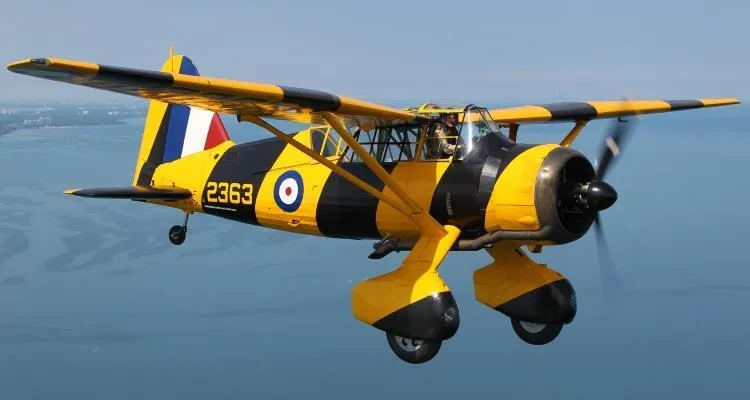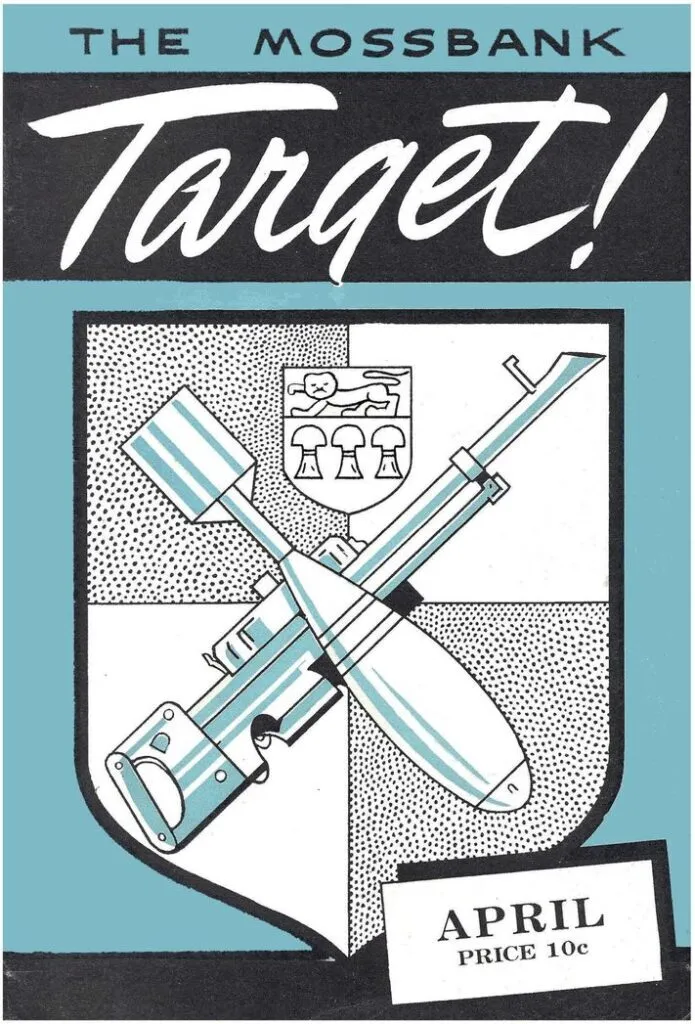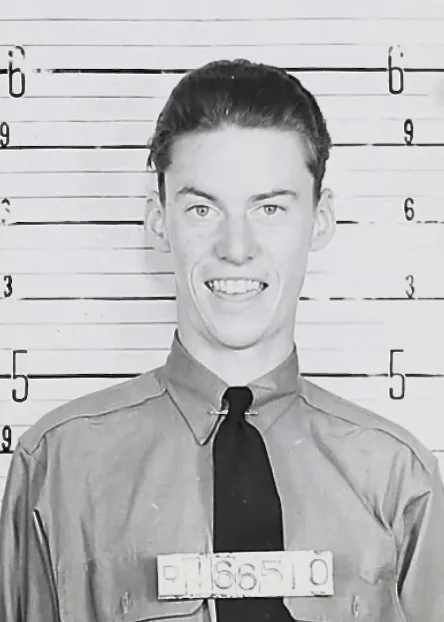Maduik, Arthur (Leading Aircraftman)
Killed in Flying Accident 1944-January-24


Birth Date: 1924
Born:
Parents: Son of Jacob and Hanka Maduik, of Thorsby.
Spouse:
Home: Thorsby, Alberta
Enlistment:
Enlistment Date: unkown date
Service
RCAF
Unit
2 BGS- Bombing & Gunnery School
Base
Mossbank, Saskatchewan, Canada
Rank
Leading Aircraftman
Position
drogue operator
Service Numbers
R/198589
Home
This incident involved multiple aircraft:
- Lysander Mk. IIIA TT Serial: 2369
- Bolingbroke Mk. IVT Serial: 10075
All the above aircraft in the above list are referenced in this report.
Crew or Other Personnel
Lysander 2369
Accident Card - Westland Lysander Mk. IIIA TT serial:2369
This accident involved 2 aircraft on 1944-January-24. They are: Lysander IIIA s/n 2369, Bolingbroke IVT s/n 10075.
This accident involved 6 people. Furness CE, MacDonald AG, Madiuk A, Page AW, Stephens WR, Thomas ER
This accident had 2 fatalities. Pilot Officer William Russell Stephens RCAF Killed in Flying Accident service no:J/27462 Lysander 2369, Leading Aircraftman Arthur Maduik RCAF Killed in Flying Accident service no:R/198589 Lysander 2369
Lysander serial: 2369

Canadian Warplane Heritage Museum
Westland Aircraft of Yeovil, UK, started to design an Army Cooperation aircraft for the British Air Ministry, in June 1935. The first Lysander flew a year later and demonstrated a remarkable short field performance that today would be seen in a STOL aircraft. At the outbreak of war in September 1939, seven RAF squadrons equipped with Lysanders were sent to France in support of the British Army. In May-June 1940, 118 Lysanders were destroyed in action and 120 aircrew were killed or taken prisoner. These severe losses showed that the old ideas about army support aircraft were out of date and the future lay in fighters like the Hurricane.
The most daring use of Lysanders in WW II was with the Special Operations Executive, which supported the Resistance in German occupied France and Belgium, by flying in agents and picking up escapees. It was during these night operations, that the Lysander came into its own, using its remarkable STOL capabilities to fly into the small fields marked out by the Resistance.
The first Canadian built Lysanders rolled out of National Steel Car factory at Malton, Ontario in September 1939 and later were delivered to RCAF No. 110 (Army Co-operation) Squadron at Rockcliffe, Ontario. In February 1940, No. 110 became the first RCAF squadron to be ordered overseas to Britain, becoming No. 400 Sqn..
By late 1941, most Canadian built Lysanders had been transferred to the British Commonwealth Air Training Plan (BCATP), where they were used for target towing at gunnery training schools. National Steel Car, which became Victory Aircraft, stopped building Lysanders in September 1942, as it started to gear up to manufacture Lancaster bombers. 1,652 Lysanders were built between 1938 and 1943; 225 of them in Canada. Lysanders served with the RAF, RCAF and the RAAF, as well as the air forces of seven other nations. Canadian Warplane Heritage Museum
Aircraft Images
Lysander 2369
Lysander Mk. IIIA TT 2369
Assigned to No. 2 Training Command and used by No. 5 Bombing & Gunnery School at Dafoe, Saskatchewan. Category "C" damage on 19 Aug 1942, while at Dafoe. Assigned to MacDonald Bros Aircraft for repairs as of 10 Sep 1942. Returned to No. 2 Training Command stored reserve as of 11 Feb 1943. Re-issued to No. 4 Training Command and used by No. 2 Bombing & Gunnery School in Mossbank, Saskatchewan, as of 25 Mar 1943. To No. 4 Training Command stored reserve as of 10 Aug 1943. Re-issued on 7 Jan 1944 to No. 2 Bombing & Gunnery School. On 24 Jan 1944, the a/c was involved in a Category "A" accident at Mossbank. The Lysander and a Bolingbroke #10075 from No. 2 Bombing & Gunnery School Mossbank collided. Pilot Officer W.R. Stephens and Leading Aircraftman A. Maduik were both killed. The Bolingbroke was able to recover safely.1942-06-23 Taken on Strength 2019-08-20
1942-August-07 Accident: 5 Bomb & Gunnery School Loc: Aerodrome Names: Davies
1942-August-19 Accident: 5 Bomb & Gunnery School Loc: Aerodrome Names: Baker | Dyre-mathews
1942-08-19 Accident Category C 2022-01-08
1944-January-24 Accident: 2 Bomb & Gunnery School Loc: Lake Johnston Ranges Names: Furness | MacDonald | Madiuk | Page | Stephens | Thomas
1944-01-24 Accident Category A 2022-01-08
1944-04-24 Struck off Strength reduced to spares and produce 2022-01-08
Bolingbroke 10075
Bolingbroke Mk. IVT 10075
Built with Mercury XX Star engines. Delivered new to stored reserve with No. 4 Training Command. Issued on 20 February 1943. To stored reserve on 17 April 1944. To No. 2 Air Command on 1 December 1944, still in storage. Available for disposal from 12 October 1945. Stored post war at No. 3 Reserve Equipment Maintenance Unit at MacDonald, Manitoba. Had 480:15 airframe time when struck off.1943-01-23 Taken on Strength 2019-08-20
1944-January-24 Accident: 2 Bomb & Gunnery School Loc: Lake Johnston Ranges Names: Furness | MacDonald | Madiuk | Page | Stephens | Thomas
1944-March-12 Accident: 2 Bomb & Gunnery School Loc: Aerodrome Names: Hugill | Mafaffy | Nichol | Paxton | Wells
1946-05-15 Struck off Strength Struck off, to War Assets Corporation for sale 2019-08-20
Unit Desciption
2 BGS (2 Bomb and Gunnery School)
The Bombing and Gunnery School (B&GS) offered instruction in the techniques of bomb aiming and aerial machine gunnery to Air Observers, Bomb Aimers, and Wireless Air Gunners. These schools required large areas to accommodate their bombing and gunnery ranges, and were often located near water. The Avro Anson, Fairey Battle, Bristol Bolingbroke, and Westland Lysander were the standard aircraft used at B&GS schools.
RCAF.info - RCAF Station Mossbank Saskatchewan
![]() Vintage Wings - Ghosts Of Saskatchewan
Vintage Wings - Ghosts Of Saskatchewan
![]() Saskatchewan Virtual War Memorial
Saskatchewan Virtual War Memorial
![]() Commonwealth Air Training Plan Museum - 150 Project
Commonwealth Air Training Plan Museum - 150 Project
![]() The JN Dog Boys - 2 Bombing & Gunnery School History
The JN Dog Boys - 2 Bombing & Gunnery School History
